THE TOP 15 HISTORICAL SITES IN THE WORLD
The world is loaded with awe-inspiring to things to see, both regular and man-made. There are such huge numbers of stunning and inconceivable authentic locales worked by antiquated civic establishments, it's occasionally difficult to limit which are the best. Think about every one of the arrangements of verifiable ponders out there and how unique they are at times. Everybody has their own, including me.
The following are my most loved recorded destinations that I figure each explorer should attempt to visit sooner or later (or don't. That is dependent upon you however I figure you should). The story these remnants recount is a piece of mankind's story, and that is the reason I cherish them the best.
Tikal
Tikal, city and stylized focal point of the old Maya human advancement. The biggest urban focus in the southern Maya swamps, it stood 19 miles (30 km) north of Lake Petén Itzá in what is presently the northern piece of the area of Petén, Guatemala, in a tropical rainforest. Uaxactún, a littler Maya city,
was situated around 12 miles (20 km) toward the north. The Tikal ruins are the focal fascination of Tikal National Park, which was built up in the 1950s and assigned an UNESCO World Heritage site in 1979. In the same way as other Maya focuses of the southern marshes, Tikal was first possessed as a little town in the Middle Formative Period (900– 300 BCE); in this way, in the Late Formative Period (300 BCE– 100 CE), it turned into a vital stylized focus with the development of real pyramids and sanctuaries. Its prime, be that as it may, came in the Late Classic Period (600– 900 CE), with the arranging and development of its awesome courts, pyramids, and castles, the presence of Maya hieroglyphic composition and complex frameworks of time-checking, and the blossoming of Maya workmanship as observed in grand figure and vase painting. The various dedicatory stelae at the site date from the third century CE until the end of the ninth century. Such stelae, normally bearing the cut highlights of a minister or other critical individual, are engraved with symbolic representations and dates.
In the Early Classic Period (100– 600 CE), Tikal was an imperative post in the considerable exchanging system that the contemporaneous focal Mexican city of Teotihuacán had set up in southern Mesoamerica. Tikal kept on thriving after the decay of Teotihuacán and most likely broadened its administration over a vast piece of the southern swamps in the Late Classic Period. In the vicinity of 600 and 800, Tikal achieved its building and aesthetic crest, after which a decay set in, with eradication and a general imaginative weakening. The last dated stela at the site is set at 889. Little gatherings kept on living at the site for one more century or something like that, yet Tikal, alongside the other Maya focuses of the southern swamps, was deserted by the tenth century. The fundamental structures of Tikal cover around 1 square mile (2.5 square km). Reviews in a bigger territory, including no less than 6 square miles (15.5 square km), have uncovered peripheral littler structures that were living arrangements. These, in any case, were not masterminded in boulevards or in close-pressed development, as on account of Teotihuacán, yet were somewhat broadly isolated. It is evaluated that at its tallness (c. 700) the center of Tikal had a populace of around 10,000 people however that the middle drew upon a peripheral populace of roughly 50,000. The site's real structures incorporate five pyramidal sanctuaries and three substantial edifices, regularly called acropoles; these probably were sanctuaries and castles for the high society. One such complex is made out of various structures underneath which have been discovered luxuriously arranged entombment chambers. Pyramid I is bested by the Temple of the Jaguar and ascends to 148 feet (45 meters). Only west of Pyramid I and confronting it is Pyramid II, standing 138 feet (42 meters) over the wilderness floor and supporting the Temple of the Masks. Pyramid III is 180 feet (55 meters) high. Close to the Plaza of the Seven Temples stands Pyramid V (187 feet [57 metres]). The most astounding of the Tikal landmarks is Pyramid IV (213 feet [65 metres]), which is the westernmost of the real destroys and furthermore the site of the Temple of the Two-Headed Serpent. Pyramid IV is one of the tallest pre-Columbian structures in the Western Hemisphere.
Machu Picchu
Situated in southern Peru, this demolished city lies over a mountain that is just available via prepare or a four-day trek. Rediscovered by Hiram Bingham in 1911, it was an essential social community for the Inca progress however was relinquished when the Spanish attacked the locale. (It is broadly alluded to as the "Lost City of the Incas," however that is really Vilcabamba). The area was influenced an UNESCO World Heritage to site in 1983, and it was named one of the New Seven Wonders of the World in 2007. Worries over developing quantities of visitors have prompted impediments on what number of individuals can enter the site, however just by a small amount of what is essential. Ideally they will restrict it much more so this site can keep going for a long time more.
The Pyramids at Giza
They're more than 3,000 years of age, regardless we don't have a smart thought in the matter of how they were constructed or how the Egyptians made them so exact (were outsiders included?). The three pyramids adjust to the stars and the solstices and contain huge amounts of chambers that still haven't been (and can't be) opened. That is to say, how could they make those little chambers where individuals can't slither through? The biggest one, called the Great Pyramid, was worked by the Pharaoh Khufu and has constrained access to it. The Pyramids are really a wonder of human designing that was fit for rulers. (You will likewise discover the Sphinx adjacent, another chronicled site whose puzzles perplex analysts and are the subject of numerous fear inspired notions.)
Angkor Wat
This antiquated city in Cambodia was the focal point of the Khmer Empire that once administered the majority of Southeast Asia. This domain fell into decrease, yet not before building astounding sanctuaries and structures that were later recovered by the wilderness for many years. Despite the fact that Angkor Wat is stuffed with sightseers, it's as yet stunning to see. Also, the sanctuary areas toward the north and south observe far less vacationers than the primary sanctuary gathering. (In spite of the fact that as a matter of fact, some of them are basically heaps of stone rubble now.)
The most well known sanctuaries are Angkor Wat, Bayon, Ta Phrom, and Angkor Thom, and they generally have swarms. With a specific end goal to truly encounter the sanctuaries, you'll have to buy the three-or five-day pass. The best time to visit is at a young hour toward the beginning of the day prior to the enormous visit bunches arrive and remain late after they have gone.
Petra
Carved into a canyon in Arabah, Jordan, Petra was made famous by the third Indiana Jones film when he went to find the Holy Grail. The site was “discovered” in 1812 by a Swiss explorer who followed some local tribesmen there; prior to that, it had been forgotten to the Western world. Though its founding is unknown, it appears this place had settlers as early as the 6th century BC. Under Roman rule, the site declined rapidly and was abandoned by the late 4th century. In 1985, Petra became a UNESCO World Heritage Site and was recently named one of the New Seven Wonders of the World.
Follow Me as
JOIN OUR DISCORD SERVER BY CLICKING ON LOGO
Stonehenge
Situated close Salisbury, England, this megalithic structure is more than 3,000 years of age, and its stones come the distance from Wales. Researchers still don't know how the developers got the stones there and have attempted to recreate the accomplishment, with bleak outcomes. Also, we just have a dubious plan to its motivation (we're fundamentally simply speculating). Stonehenge is presently fenced off, and you can never again go into the circle; guests can just stroll around the fascination. Be that as it may, it merits going to for the puzzle behind it and an amazing and itemized sound visit.
Sukhothai
Located in a beautiful in north-central Thailand, Sukhothai was the capital of Thailand for a couple hundred years. This is site is often overlooked by travelers, as few stop there on the way to Chiang Mai. The central area contains 21 temples enclosed by a moat. Its many temples showcase the unique Sukhothai style of decoration, which incorporates Khmer (Cambodian) and Sri Lankan influences. It’s a huge, huge site and takes a good day or two to see. Most of it is exposed to the sun, so bring sunscreen or you’ll get massively sunburned.
Volubilis
A major trading center and the southernmost settlement during Roman times, Volubilis in Morocco is one of the best preserved (and least frequented) ruins of its kind in the world. I found it empty of tourists, not built up, and open in a way that really lets you get up close and see the structures without being behind ten feet of barriers and jostled by crowds. Most of the city is still unexcavated, so the site has a very raw feel to it. I’ve been to a lot of Roman ruins in my travels, but I love this one the best. It’s a lovely day trip away from the crowds and noise of Fez. Entrance is 20 MAD (Moroccan dirhams), or about $5 USD.
The Colosseum and Forum
The Colosseum and the Forum are appropriate by each other in Rome, so I included them together. Leftovers of a human progress that once controlled the known world, these locales are amazing for their magnificence as well as for their history and age. You're remaining in the spot Caesar strolled and looking into the field where warriors fought until the very end. The Colosseum has gradually disintegrated all through the ages, and a lot of it is confined
now, particularly the floor and cellar where everything was composed. The Forum is incredible to stroll around (and it's free), however a ticket is required for Palatine Hill. I would get a guided visit, in light of the fact that the data exhibited by the experts doesn't go into much profundity.
Chichén Itzá
Chichén Itzá, signifying "at the mouth of the well of Itzá," is the second most went by archeological site in Mexico and one of the New Seven Wonders of the World. It's a standout amongst the most imperative Mayan verifiable structures in the Americas and has been reestablished enormously over the most recent couple of years.
The Parthenon
In spite of the fact that it's as of now (and apparently has been everlastingly) getting a cosmetic touch up, the Parthenon is as yet dumbfounding and stunning. This antiquated sanctuary to Athena remains as an image of the energy of Athens and a demonstration of Greek progress. Additionally, it gives a broad perspective of Athens and close-by ruins, whose sanctuaries and structures are similarly as wondrous. Throughout the hundreds of years, quite a bit of it and the encompassing structures have been wrecked by war and hoodlums. Fortunately, the structure still stands… at any rate for the time being. Note that there is framework along the correct side of the structure; thinking of it as has been there for more than five years, I question it is going anyplace at any point in the near future. They do things gradually in Greece.
The Great Wall of China
The Great Wall of China really comprises of various dividers and fortresses. It was initially brought about by Emperor Qin Shi Huang (ca. 259– 210 BC) in the third century BC as a methods for keeping out the Mongol crowds attacking the nation. The best-known and best-safeguarded area of the Great Wall was worked in the fourteenth through seventeenth hundreds of years, amid the Ming line (1368– 1644). Despite the fact that the Great Wall never
successfully kept intruders from entering China, it's as yet a monstrous building and development accomplishment and human achievement.
Easter Island
Situated out in the Pacific Ocean, Easter Island, an extraordinary domain of Chile, is home to Moai statues that are the main thing left of a culture that once lived here. These colossal and amazingly cut heads are simply one more update that crude individuals were not so much all that crude. The stones that draw in guests to this island are made out of volcanic cinder; numerous still stay in the quarry, deserted by the tenants as lessening assets on the island left their clans bound to wars that at long last murdered them off.
The Alhambra
The Alhambra is Granada's — and Europe's — cherish letter to Moorish culture, a place where wellsprings stream, leaves stir, and old spirits appear to bafflingly wait. Part royal residence, part stronghold, part World Heritage site, part lesson in medieval design, the Alhambra has since quite a while ago charmed a ceaseless line of eager guests. Amid the Napoleonic occupation, the Alhambra was utilized as a military enclosure and about exploded. What
you see today has been intensely yet consciously reestablished. This is a lovely site with such a significant number of different patio nurseries and builings, and its perspective of the notable region of Granada is second to none.
Taj Mahal
Worked in the 1600s, this working in Agra, India, is a demonstration of undying affection. This white marble tomb worked for Emperor Shah Jahan's perished spouse is an absolute necessity see for everybody. In 1983, it was named an UNESCO World Heritage site, and furthermore has been named one of the New Seven Wonders of the World. The Taj sees in the vicinity of two and four million vacationers every year, so there have been late limitations on tourism with an end goal to help ensure the site. Be that as it may, the best risk is the air contamination that is crushing the marble.
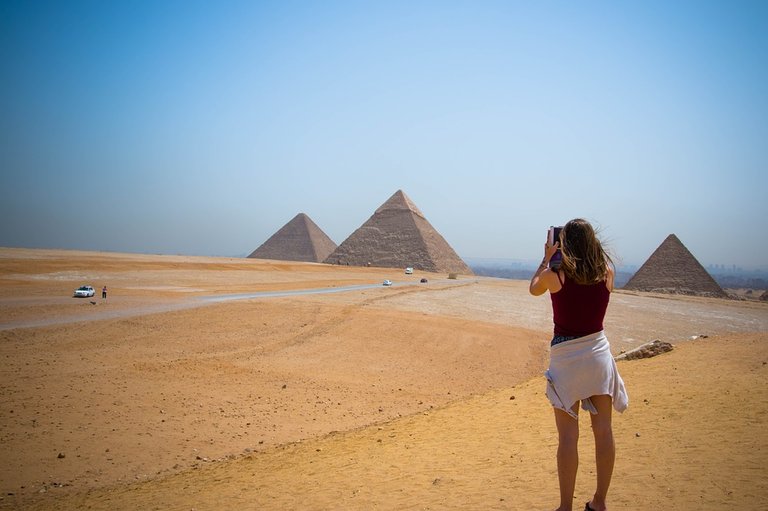
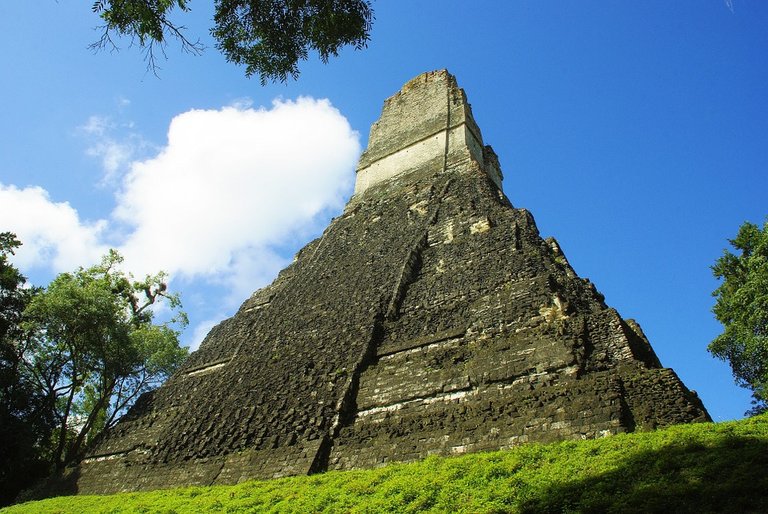

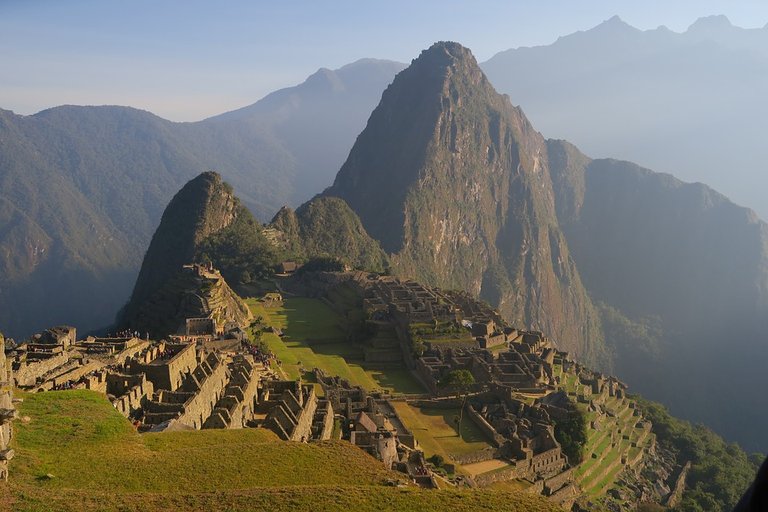
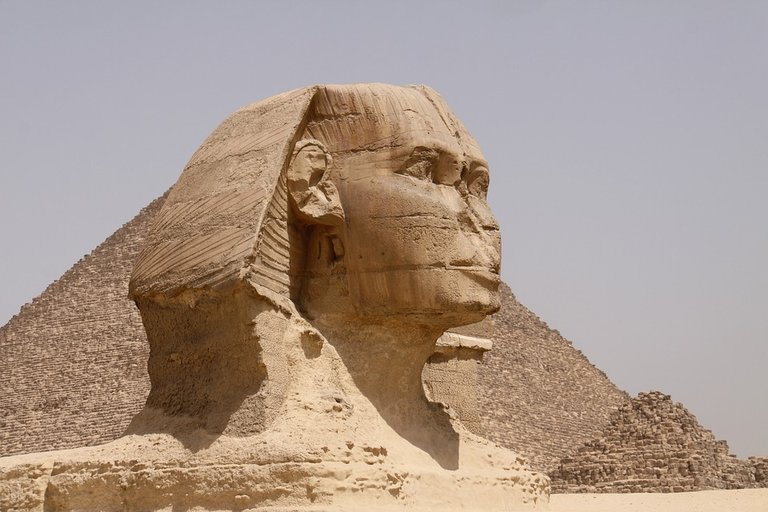
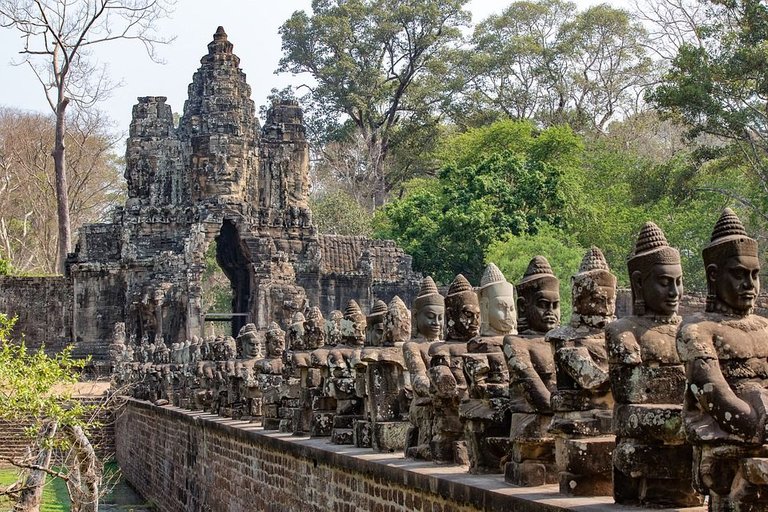
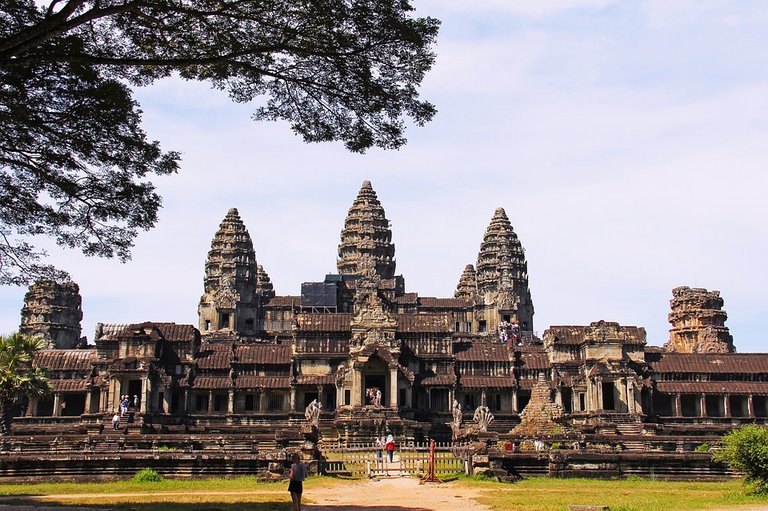
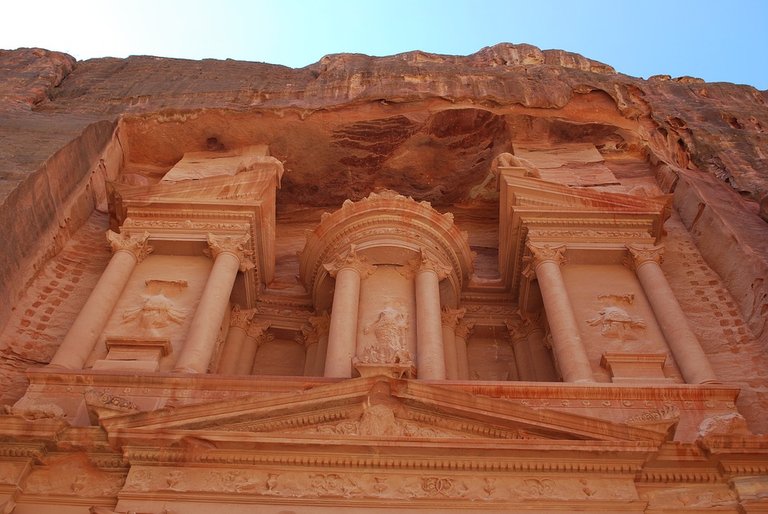
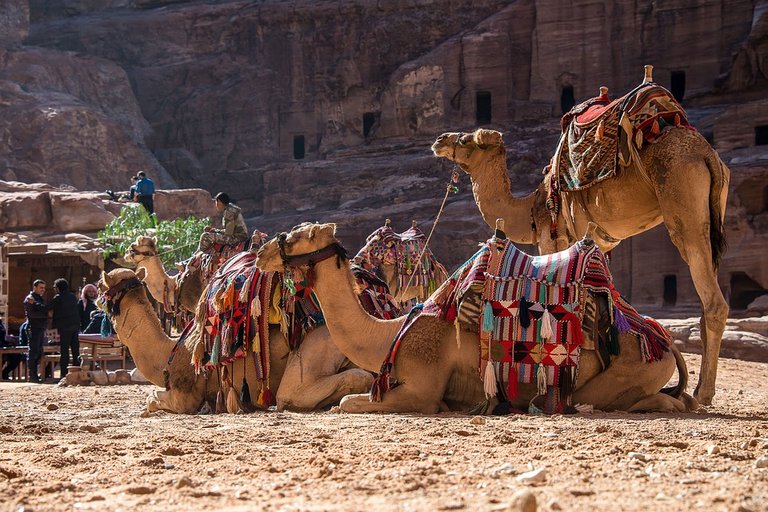


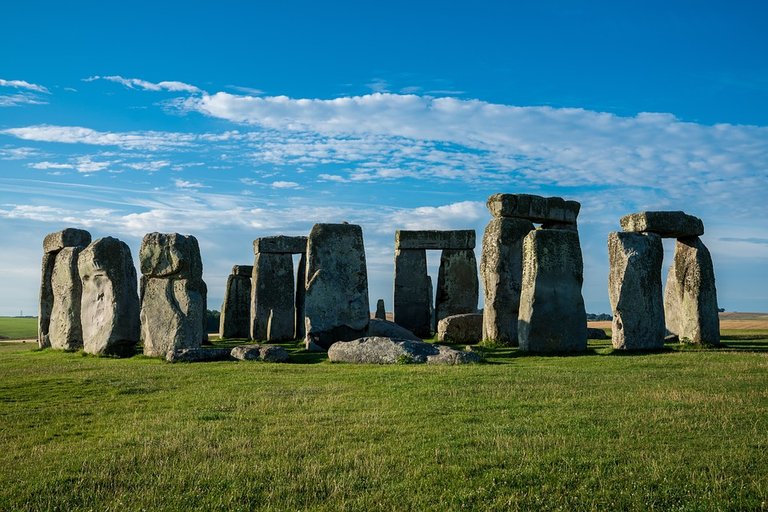
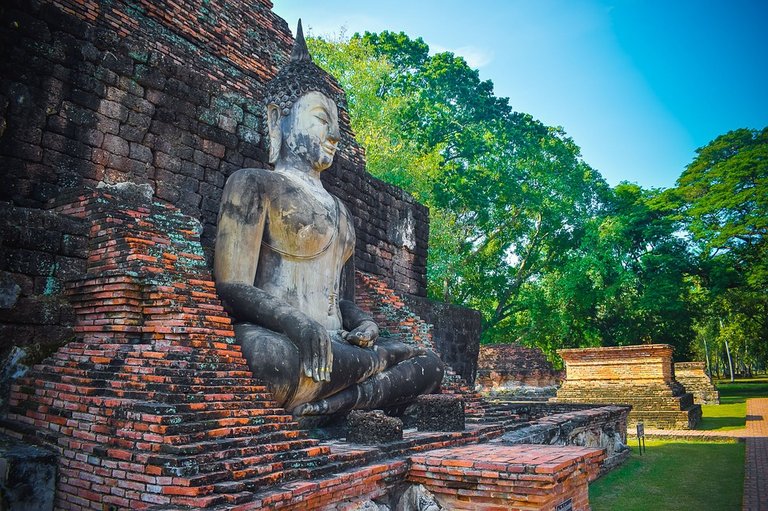
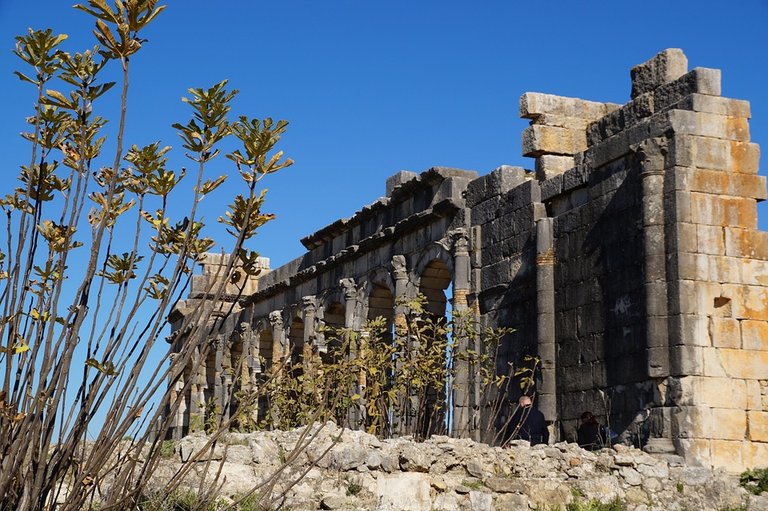
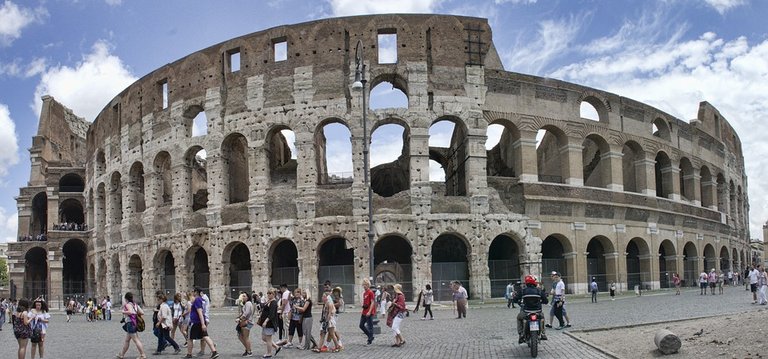



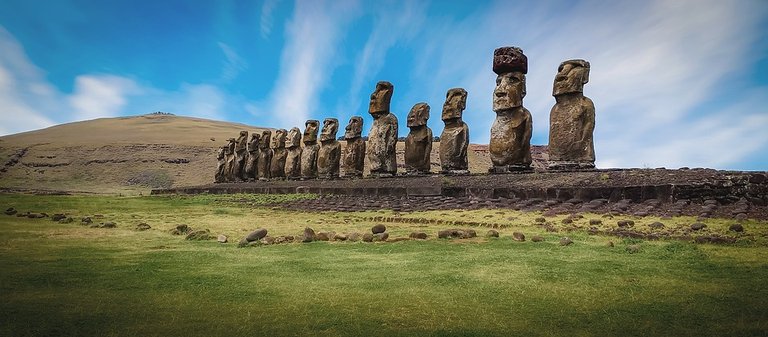
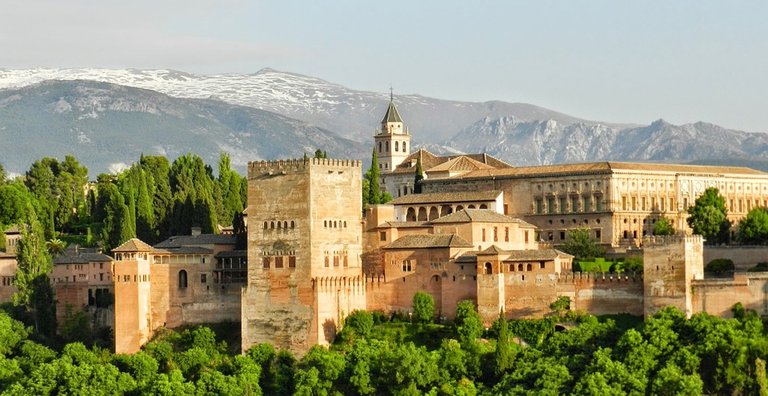
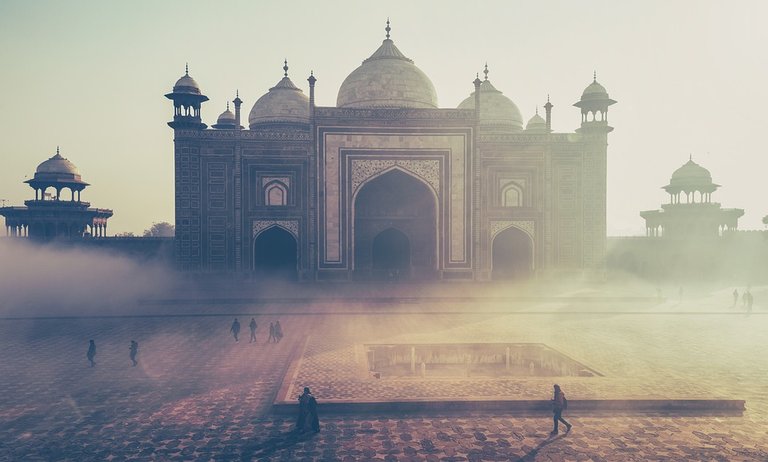
Beautiful photography. Keep it up dear.
Congratulations! Your post has been selected as a daily Steemit truffle! It is listed on rank 15 of all contributions awarded today. You can find the TOP DAILY TRUFFLE PICKS HERE.
I upvoted your contribution because to my mind your post is at least 7 SBD worth and should receive 95 votes. It's now up to the lovely Steemit community to make this come true.
I am
TrufflePig, an Artificial Intelligence Bot that helps minnows and content curators using Machine Learning. If you are curious how I select content, you can find an explanation here!Have a nice day and sincerely yours,

TrufflePigthank you for picking up my content. i will surely improve more of my content quality
Wow, incredible sites!
You know, I live in Croatia, a country others spend their vacation in, and actually, I posted about one of our natural UNESCO World Heritage site - Plitvice lakes, but these are man made and thousands of years old...
If I had to choose one, I'd go and see Petra, cause I love geology.
here is the same. i also like geology. Ancient traditions always fascinate me.
In theses historical pleases millions of people go for spending there time,,to gain knowledge.I think The Colosseum of forum is most beautiful all of theses place.
Dear brothers, your postal post is good and many are highly educated
There are many historical sites in the world. I would like to go to the china & see the Great Wall.
I think the Great wall of chaina, pyramid of giza & tajmahal is the best place for tourist.
I alaways follow your post. Your post brings new information for me
I like Stonehenge.The history of Stonehenge is wonderfull.That's like a fairytale.
what a historical place these are
Always love your blog :-)
Hello, I am the admin of the facebook group ''Steemit for Resteem'', please read our rules to post in the group : Steemit for Resteem Rules↕.